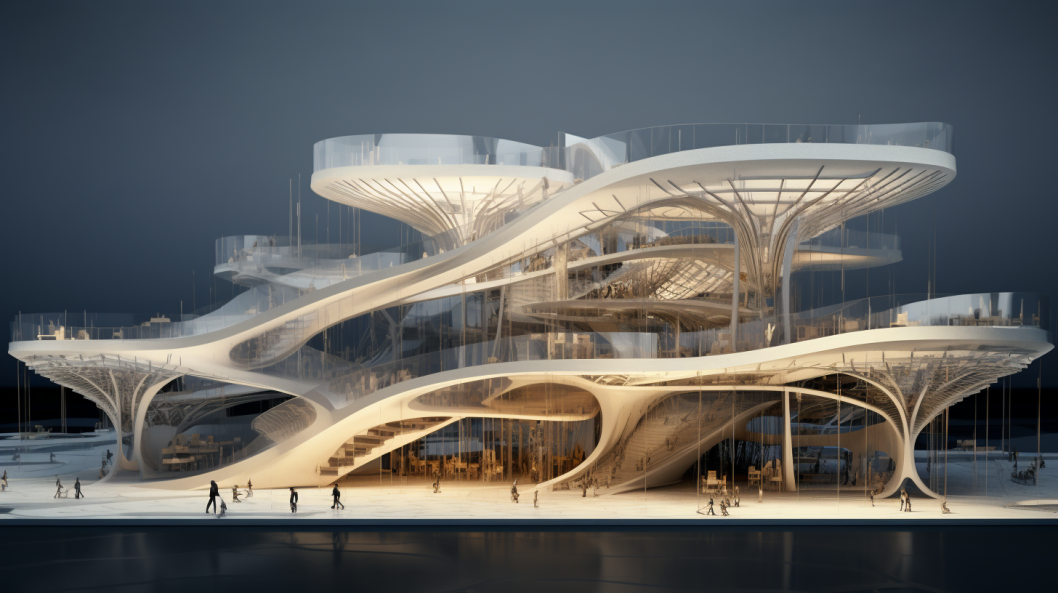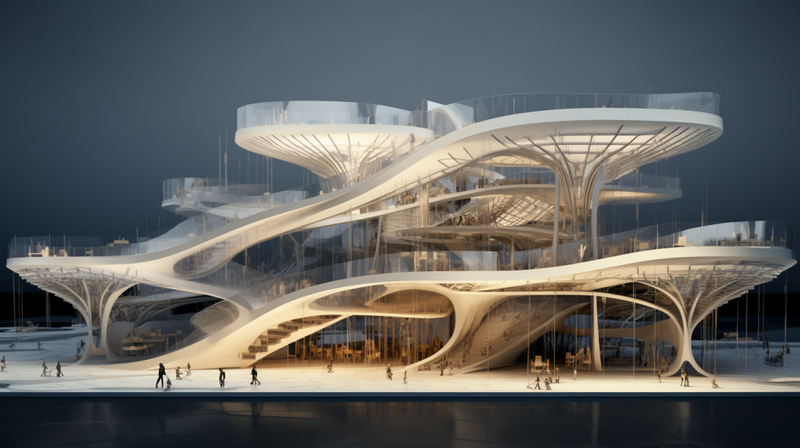In the maelstrom of modern cityscapes, there lies a silent yet assertive agent of change: generative algorithms. These nuanced, mathematical rules and procedures are quietly morphing the conventions of architectural design, instilling a new order in the chaos of burgeoning urban landscapes. This article unfolds the symbiotic relationship between generative algorithms and architectural designs, exploring the quietly progressive transformation they cast upon our built environment.
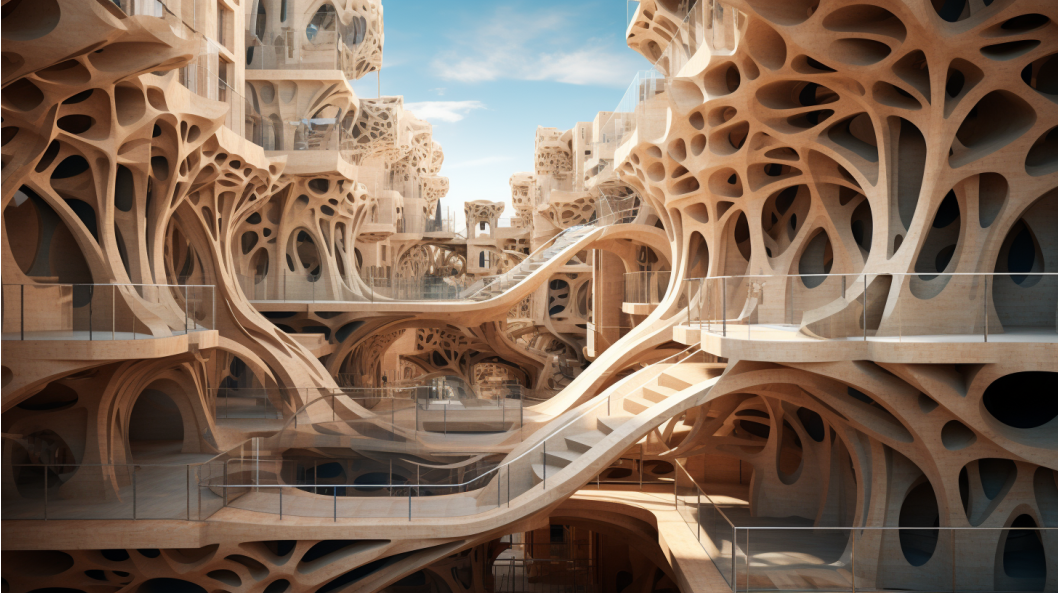
A Synthesis of Form and Function
Traditionally, architects and designers were confined by the limited toolbox of their own creativity and the available manual technologies. However, in the silence behind the awe-inspiring facades and within the hidden veins of structural entities, generative algorithms have ushered a renaissance. By encoding design rules and constraints into algorithms, architects enable a computational process that can generate myriad design permutations, expanding the horizons of what can be imagined and ultimately built.
Enabling Adaptive Designs
Generative algorithms stand at the confluence of technology and design, providing a framework that is as adaptive as nature itself. They embed an evolutionary approach within the design process, using parameters and rules to explore a wide array of design possibilities. This is not just a question of aesthetics or innovation, but of adaptive functionality. The algorithms can create designs that respond to changing environmental conditions, demographic shifts, and cultural nuances, thus ensuring relevance and sustainability.
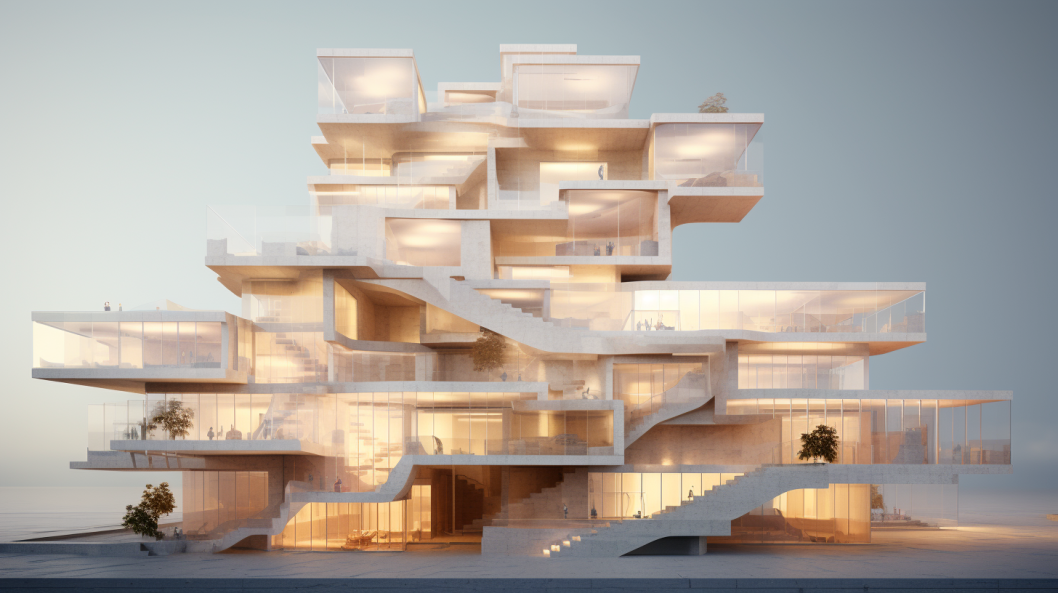
The Silence of Efficiency
Remarkably, this transformative partner operates in a domain of understated silence. Generative algorithms process thousands, if not millions, of iterations, tirelessly evaluating and evolving designs with an efficiency that humbles the traditional design processes. This silent efficacy ensures that architects can explore a vast design space, quietly optimizing structural forms, materials, and energy utilization without the painstaking manual iterations of yesteryears.
The Unseen Collaborator in Sustainability
In the context of our evolving relationship with our planet, generative algorithms have enabled architects to weave sustainability into the DNA of their designs. Through optimized simulations, these algorithms help in evaluating how different aspects of designs interact with environmental factors. From optimizing natural light to enhancing energy efficiency, and minimizing material usage, they quietly augment our ability to build structures that are in harmony with the environment.
Algorithms and Creativity: A Silent Dialogue
At a cursory glance, algorithms may seem antithetical to the creative spirit that has traditionally fueled architectural innovation. However, there exists a silent, profound dialogue between the algorithm and the architect. The creativity is not stifled but is, instead, elevated and expanded upon by the boundless possibilities presented through algorithmic explorations. Through this, architects can explore unseen pathways, ensuring that creativity transcends conventional boundaries and permeates into every molecule of our built environment.
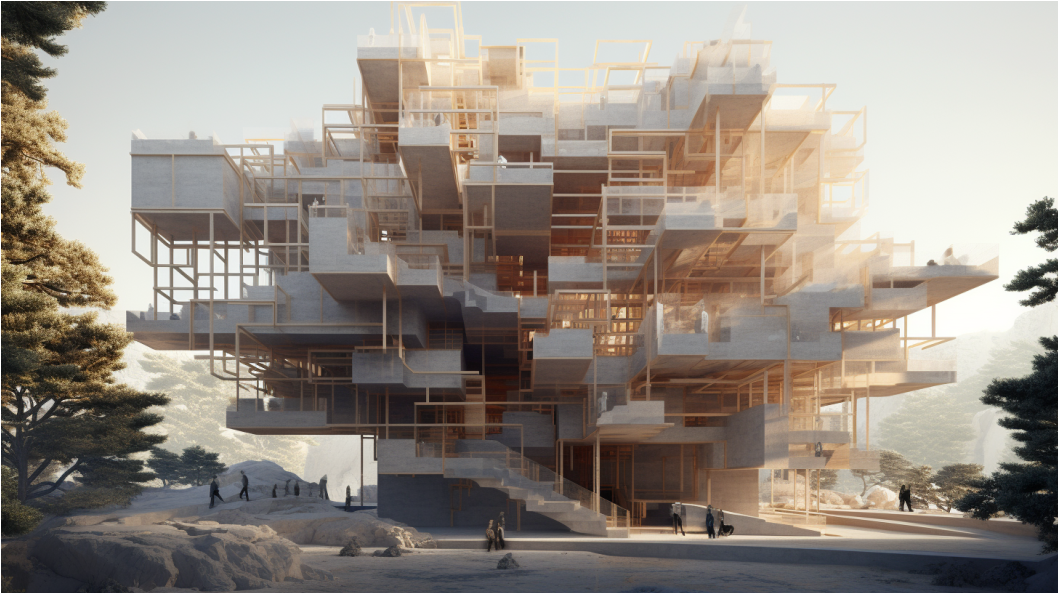
Charting the Future in Silence
While the role of generative algorithms in architecture continues to expand, it unfolds a future where designs are not just aesthetically pleasing but are seamlessly entwined with function, environment, and sustainability. The silent, unseen computations enable the synthesis of form and function, crafting a future where our built environment evolves, not as a series of disjointed artifacts but as an adaptive, coherent, and sustainable organism.
In conclusion, the union of architectural prowess and algorithmic intelligence is sculpting a future that acknowledges the past, sits resiliently in the present, and gazes, with an adaptive eye, into the future. Generative algorithms, though silent and unseen, are the covert partners guiding us towards a paradigm where architectural designs are not rigid imprints, but living, evolving entities in a constant dialogue with their inhabitants and their environment. The silent revolution, fostered through digits and algorithms, orchestrates a symphony where every brick, beam, and bolt becomes a note in a melody of continuous, harmonious evolution.
